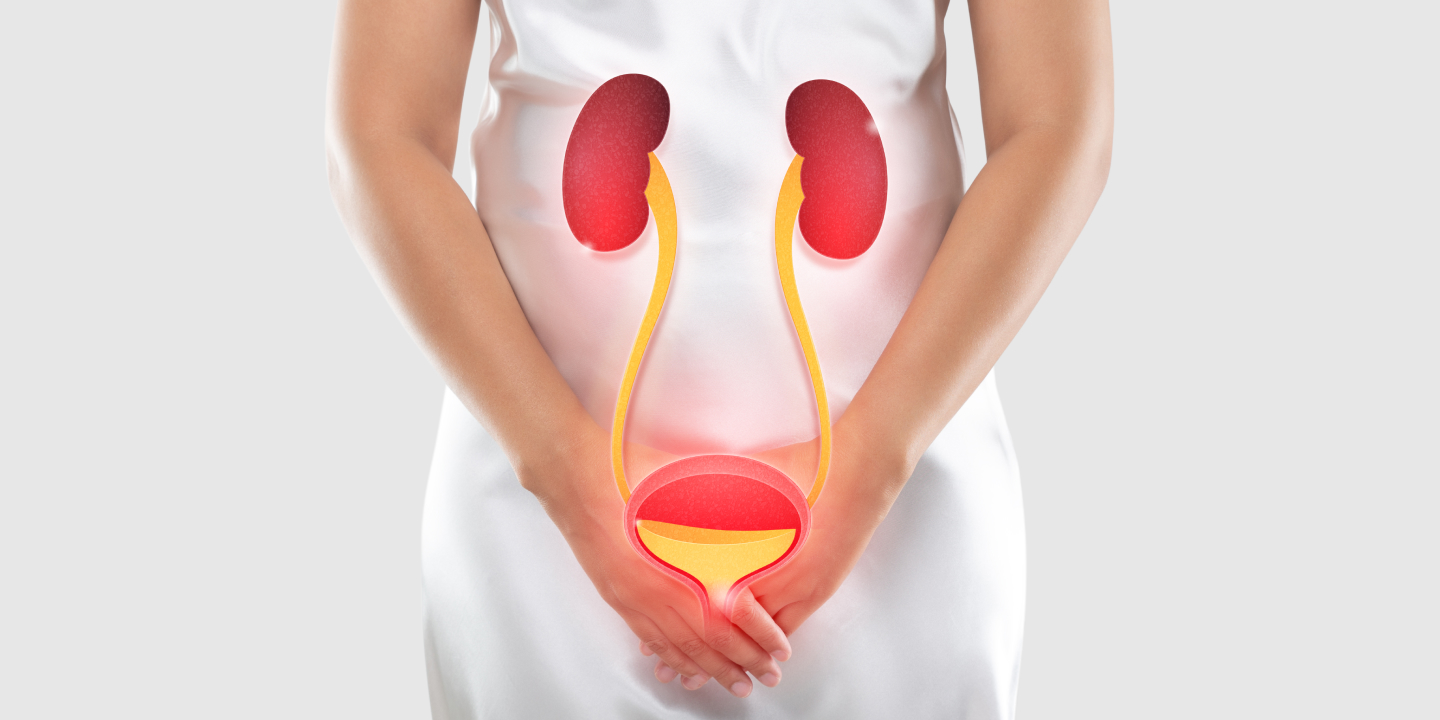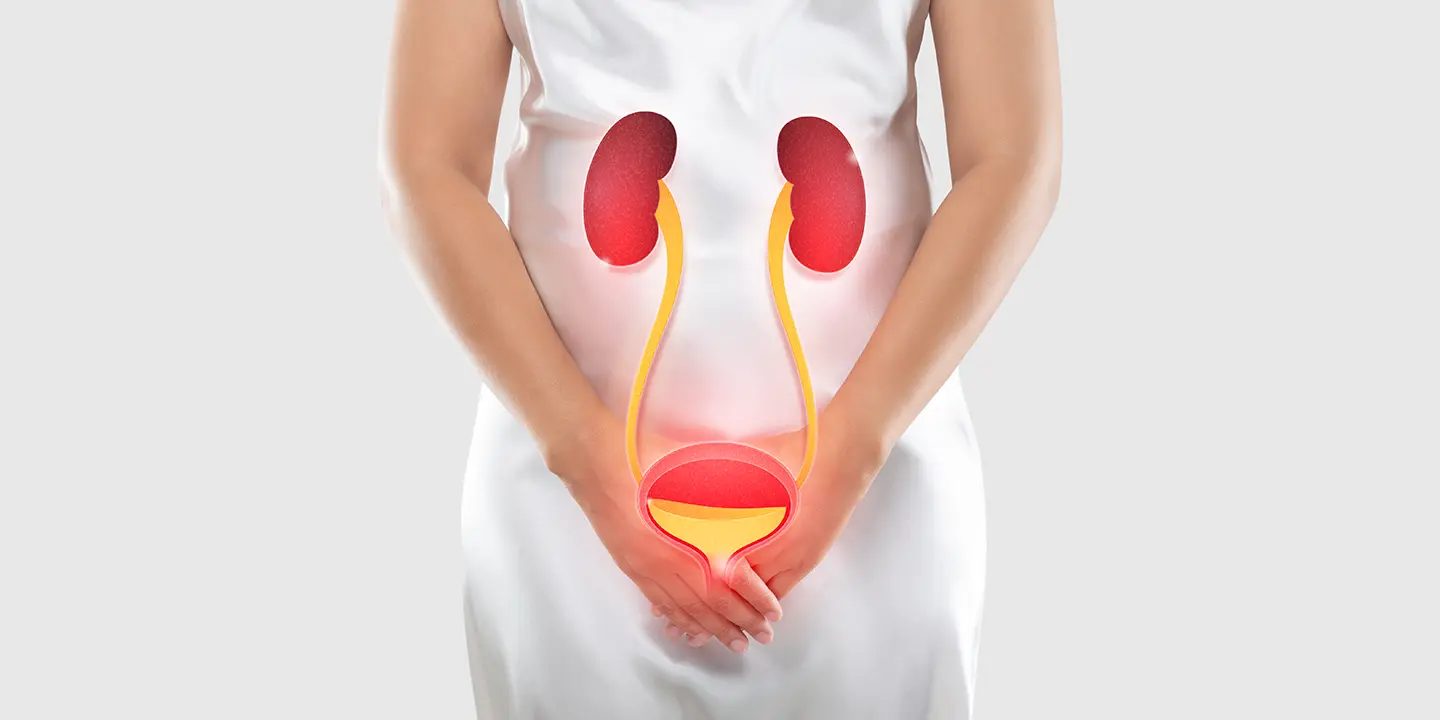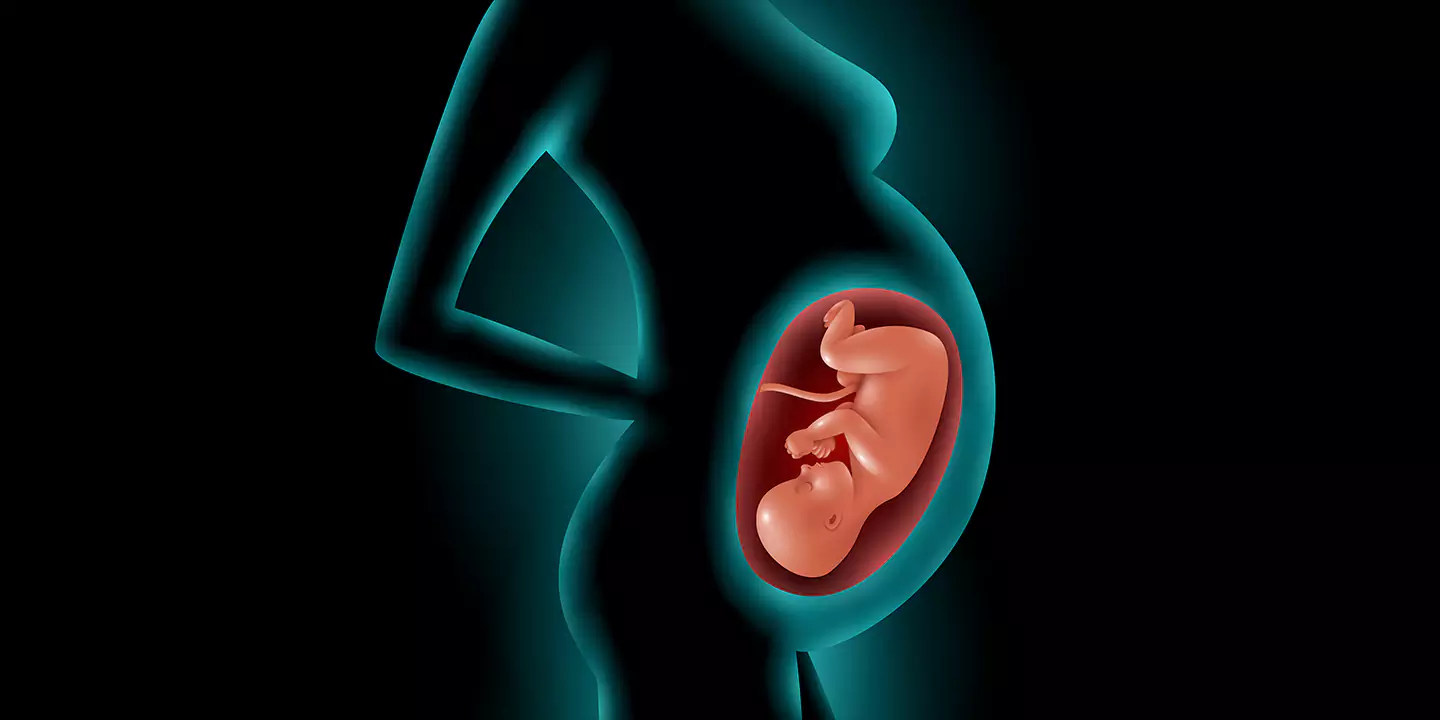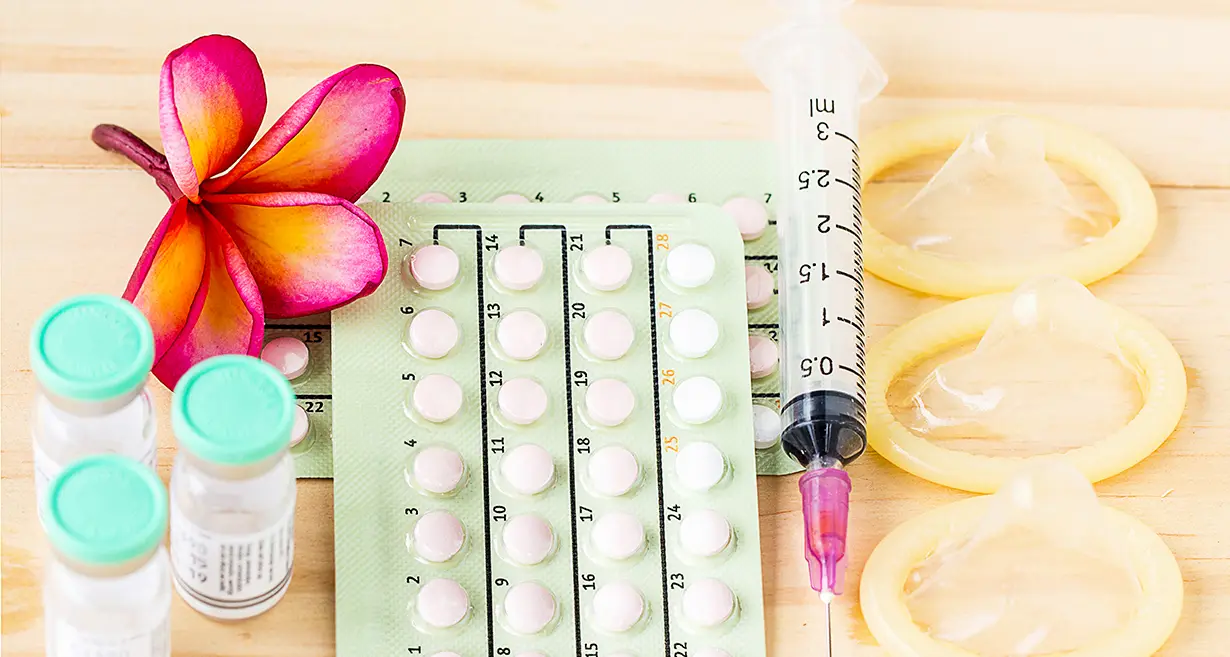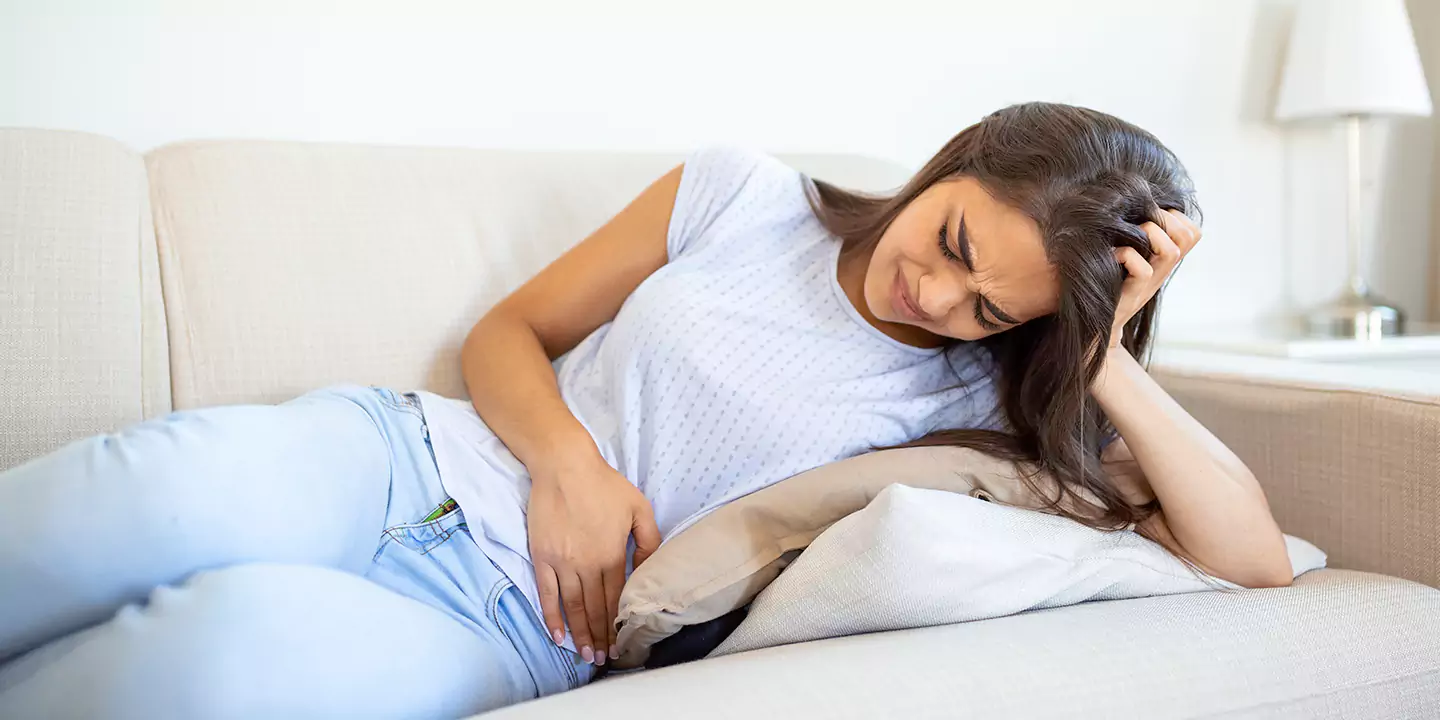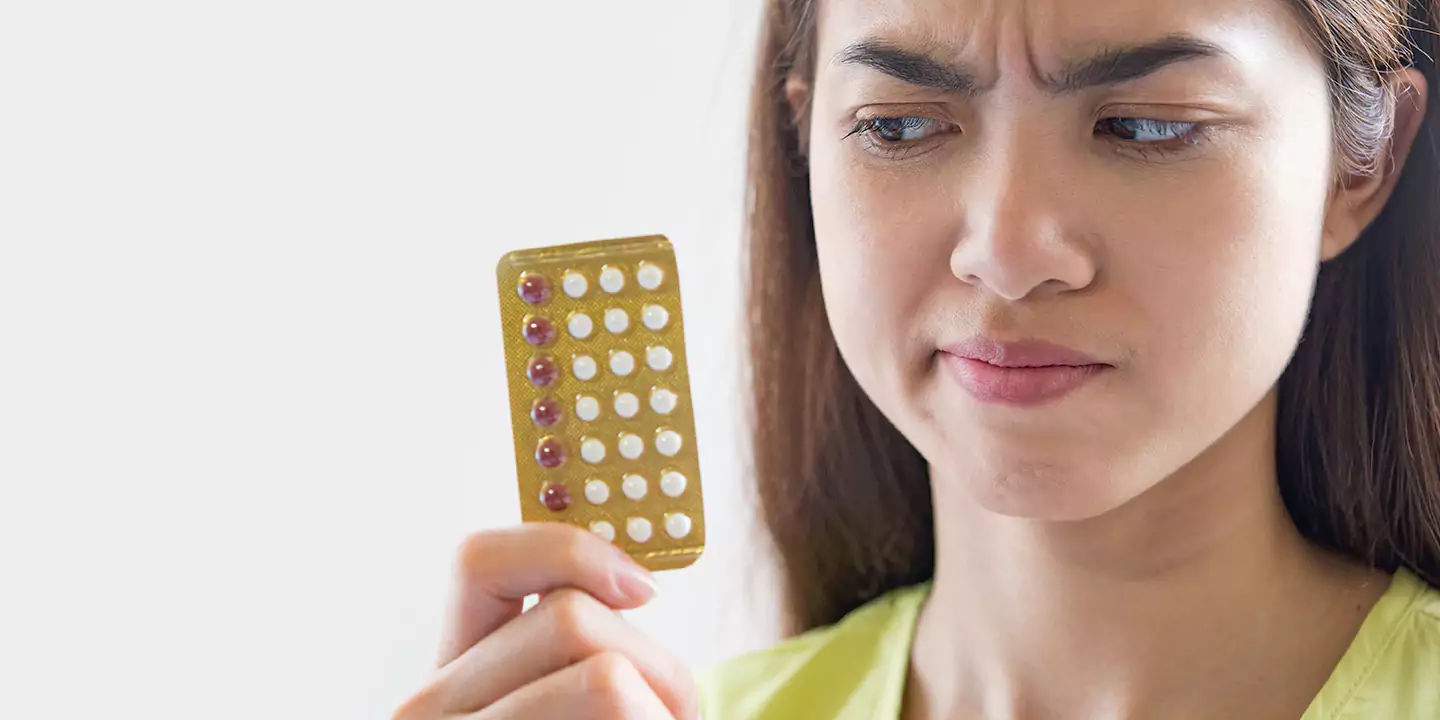
In this Article
Fibroids and Menopause
Fibroids are non-cancerous tumor-like outgrowths in the uterus consisting of muscle fibers and tissues. They are usually asymptomatic and harmless but sometimes enlarge and present symptoms. Few other names of fibroids include:
- Leiomyomas
- Fibromas
- Myomas
- Uterine myomas
Menopause is the stage in a woman’s life where the menstrual cycles stop for at least 12 months. It includes the peri and post-menopausal stages. The perimenopausal stage begins 8 -10 years before, and the post-menopausal stage starts after menopause. Women go through it in their 40s and 50s.
Can Fibroids Occur After Menopause?
Estrogen and Progesterone aid the development of fibroids, both of which decline in levels after the reproductive phase of a woman ends. However, the chances of fibroid development remain. It can develop in perimenopausal, menopausal, and post-menopausal women.
Related Blog: 6 tips to get relief from Uterine Fibroids
What are the Symptoms of Fibroid in Menopausal women?
Peri or post-menopausal, the symptoms experienced remain the same. However, the symptoms are more severe in perimenopausal women. The symptoms include:
- Painful or heavy periods
- Abdominal pain
- Constipation
- Lower back pain
- Pain during sexual intercourse
- Frequent urination
- Anemia
- Spotting Fever
- Nausea
- Headaches
- Abdominal swelling
Can Treatment for Fibroids Trigger Menopause?
One of the ways of treating a fibroid patient is the continuous use of Gonadotropin-releasing hormone (GnRH) agonists for 3 months. These agonists bind with the GnRH receptors and increase the level of GnRH initially. However, later they decrease the receptor concentration and desensitize the pituitary gland to the simulations. It reduces the production of Estrogen and Progesterone by the ovaries, which reduces the growth of fibroids. These low levels of reproductive hormones mimic menopause. So, it does not necessarily trigger menopause but creates a similar situation during the treatment. Queen’s Gynecology expert team provides top-notch fibroids treatment in Delhi.
Effect of Menopause on Fibroids
If fibroids occur in the perimenopausal stage, doctors advise waiting for menopause. Most fibroids shrink and disappear due to low estrogen and progesterone levels during menopause. However, if they are severely symptomatic, treatment may begin. As fibroid development is greatly dependent on Estrogen and Progesterone, menopausal women experience the regression of these tumors in terms of size and symptoms. However, in no way does menopause prevent fibroid development.
Should You Rely on Menopause As A Possible Fibroid Treatment?
It depends on the stage of menopause of the patient. If the woman is very close to menopause, she must wait it out. But if she just entered the perimenopausal state or is in its initial few years, waiting would not be a good idea. It is because, in the perimenopausal stage, a woman’s body goes through an estrogen surge. During this phase, the estrogen levels are higher than usual, which elevates the growth of Fibroids. Then again, some women use Hormone Replacement Therapy (HRT) to combat the effects of menopause. HRT ensures normal estrogen and progesterone levels, which will, in turn, increase the development of Fibroids. Lastly, sometimes the fibroids are very large and high in numbers, so they do not shrink enough even during menopause. As a result, symptoms like distended abdomen, frequent urination, and pelvic pain remain.






























































